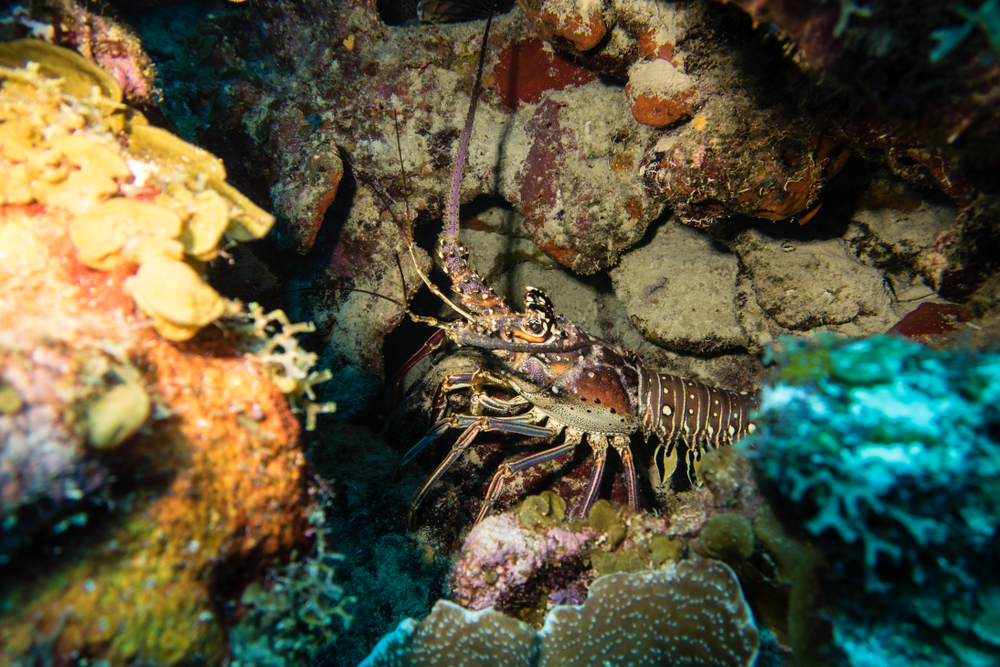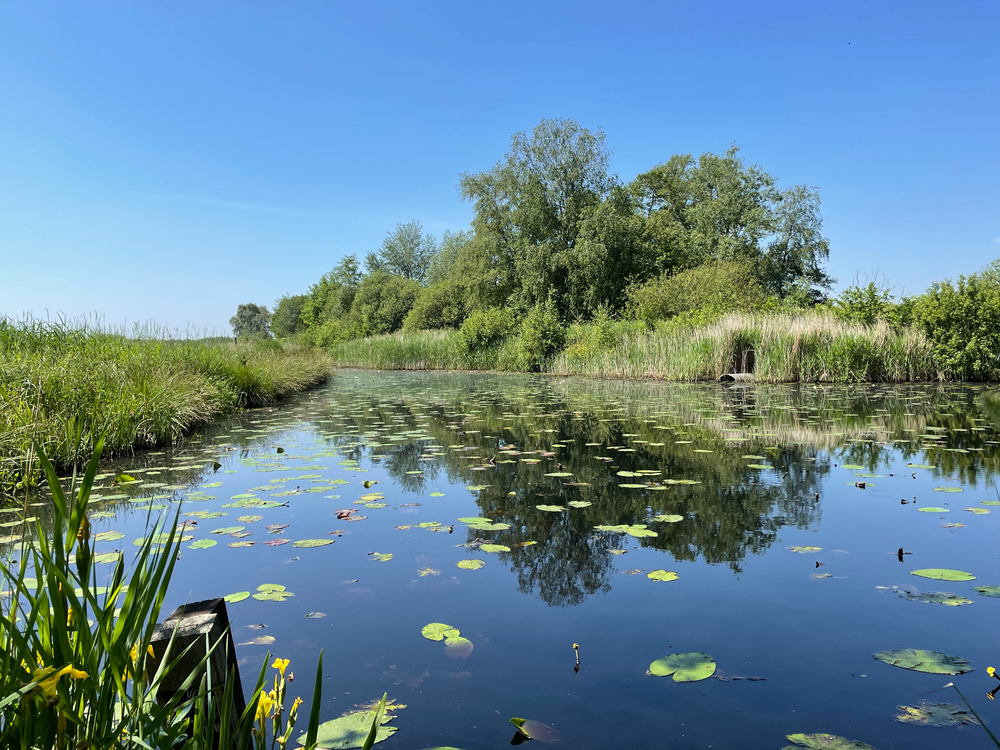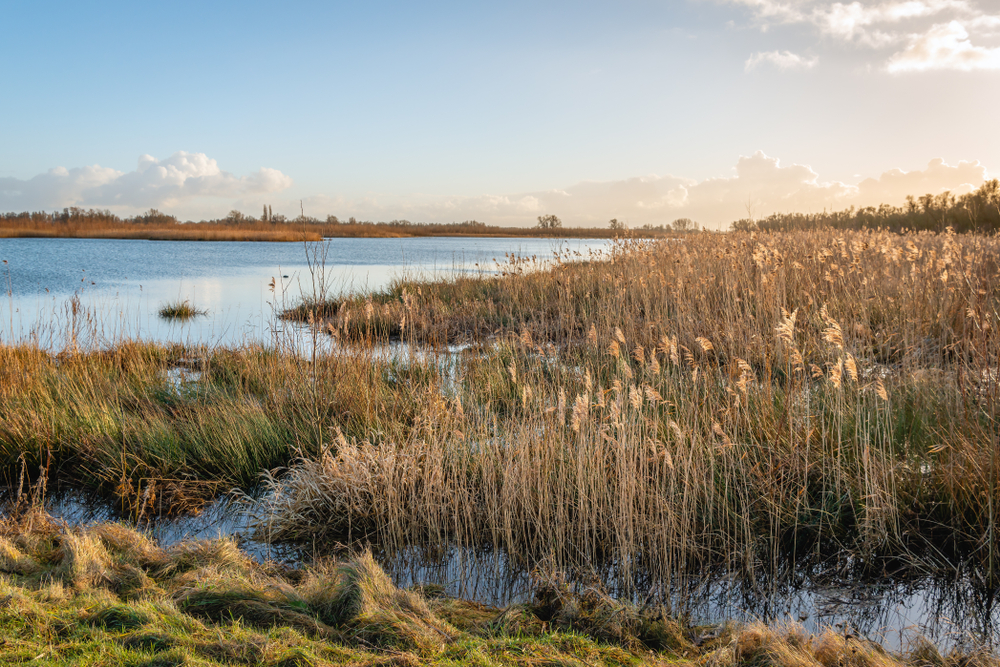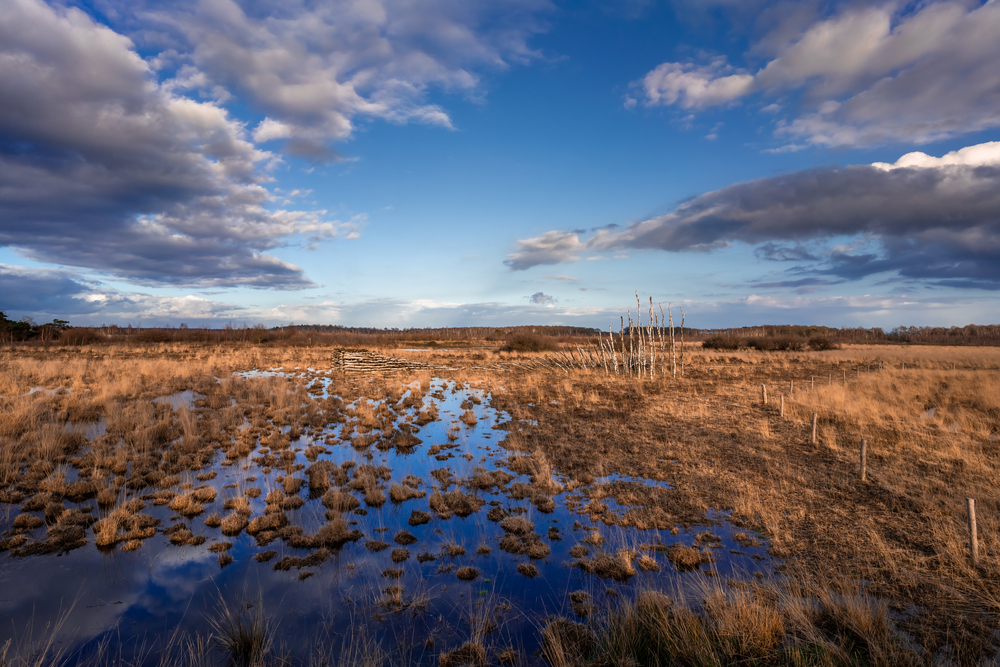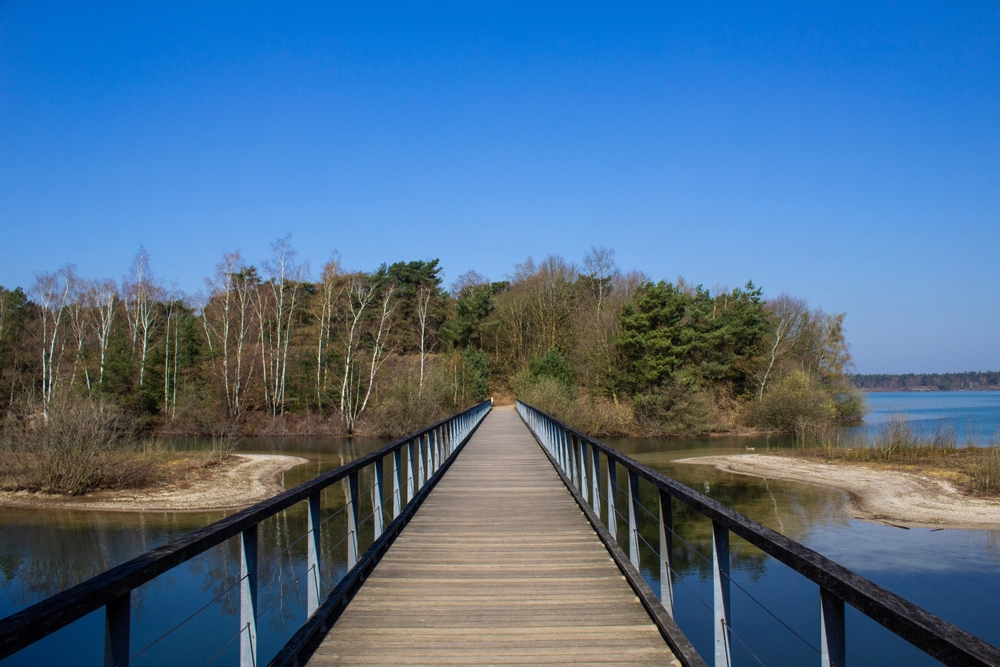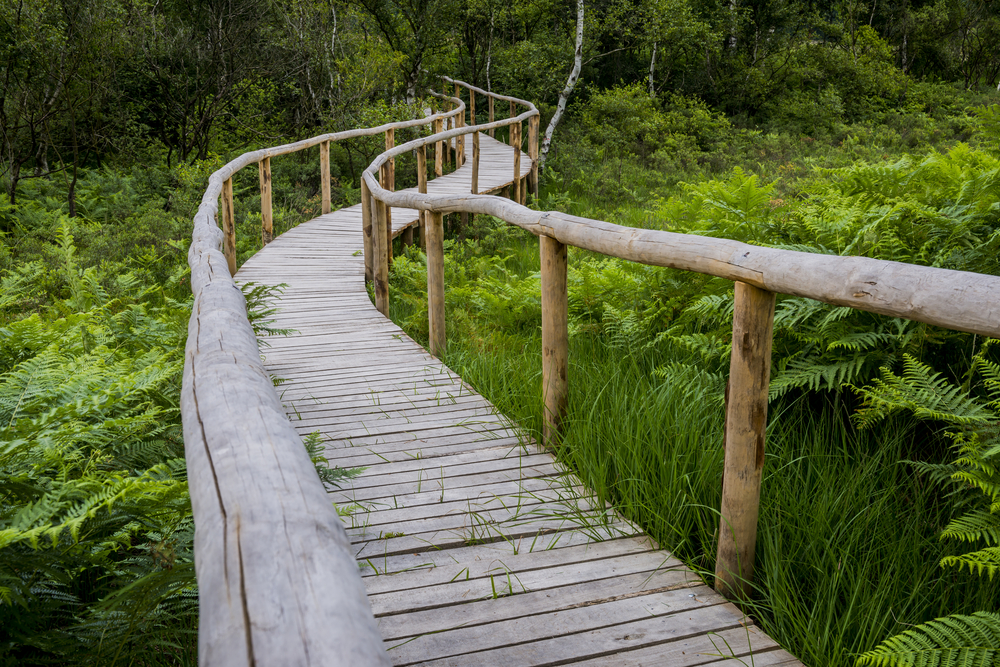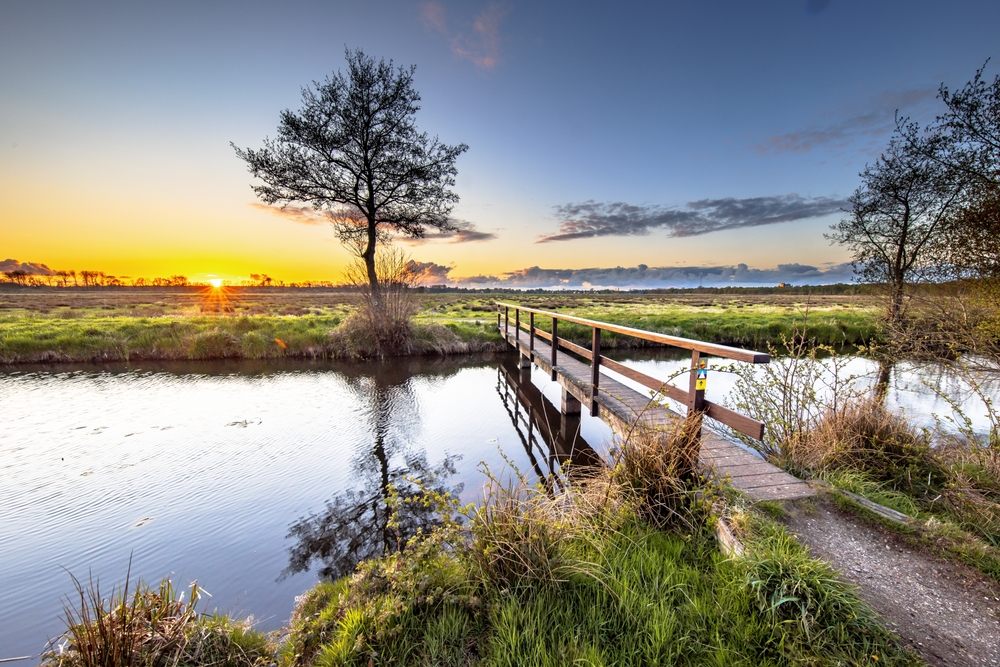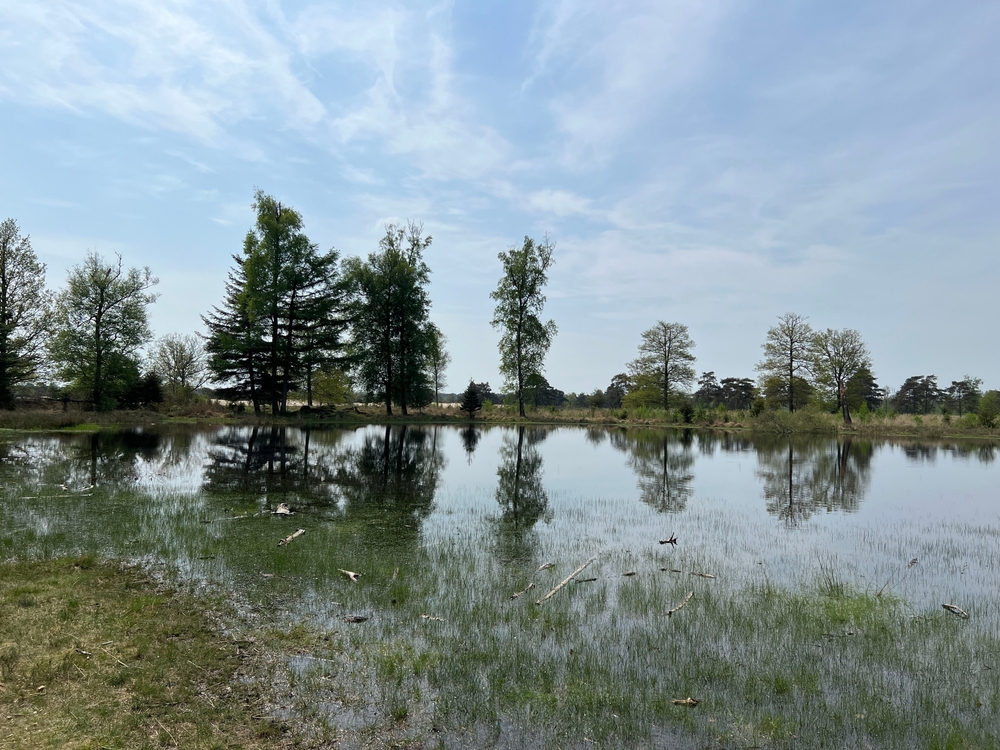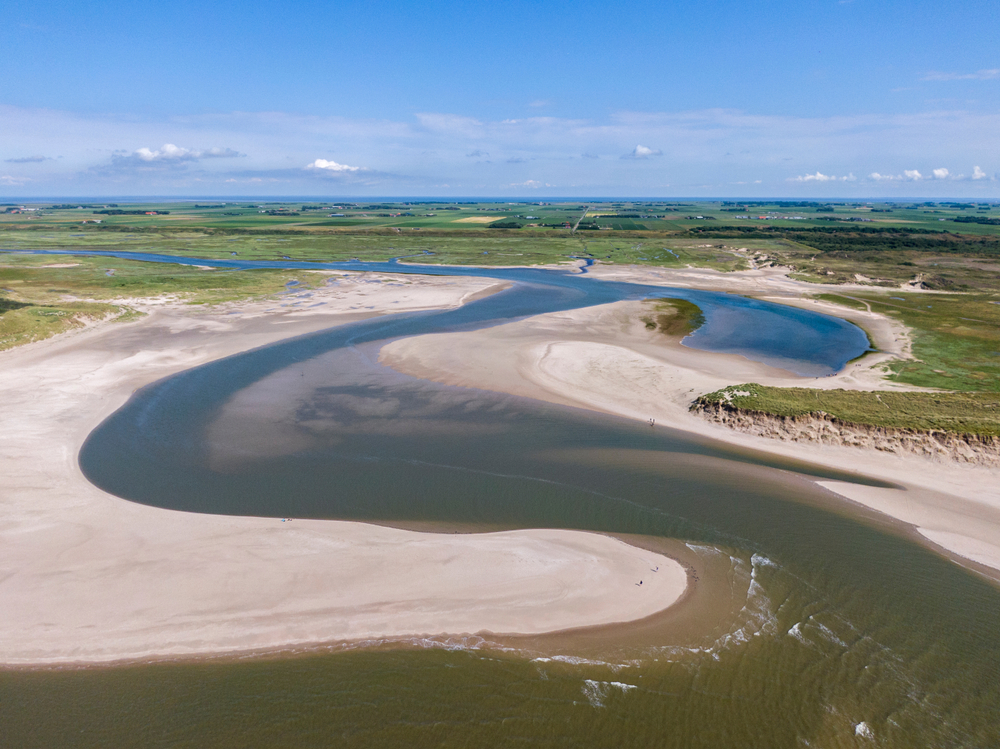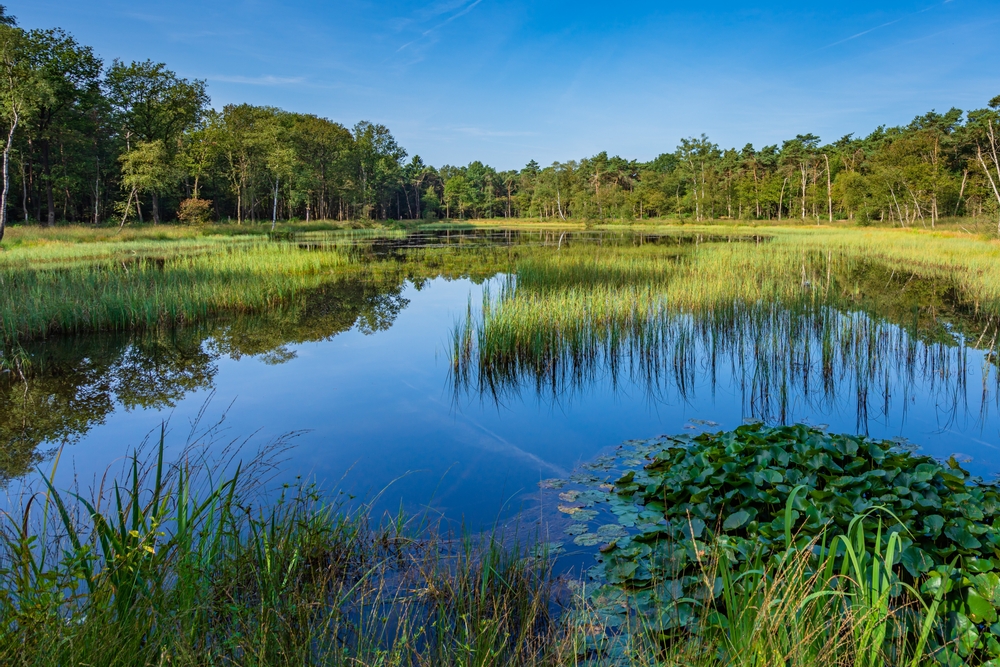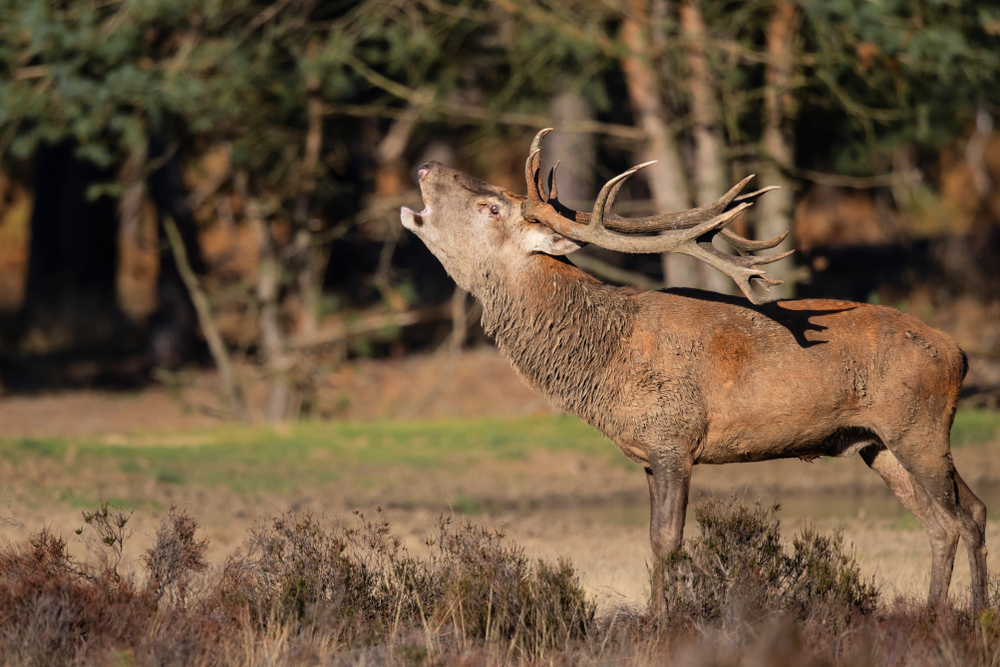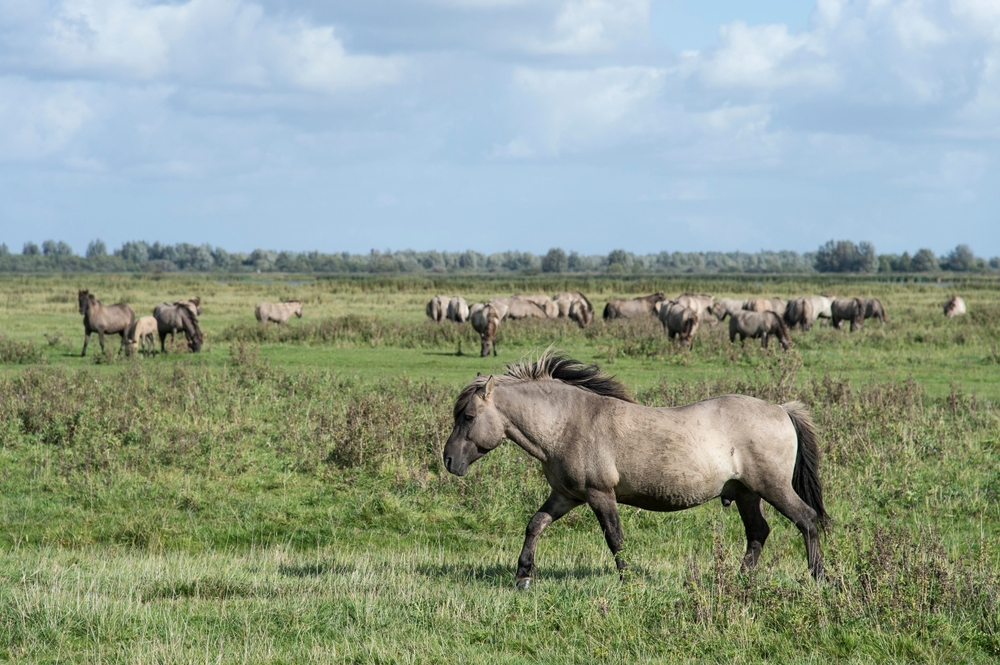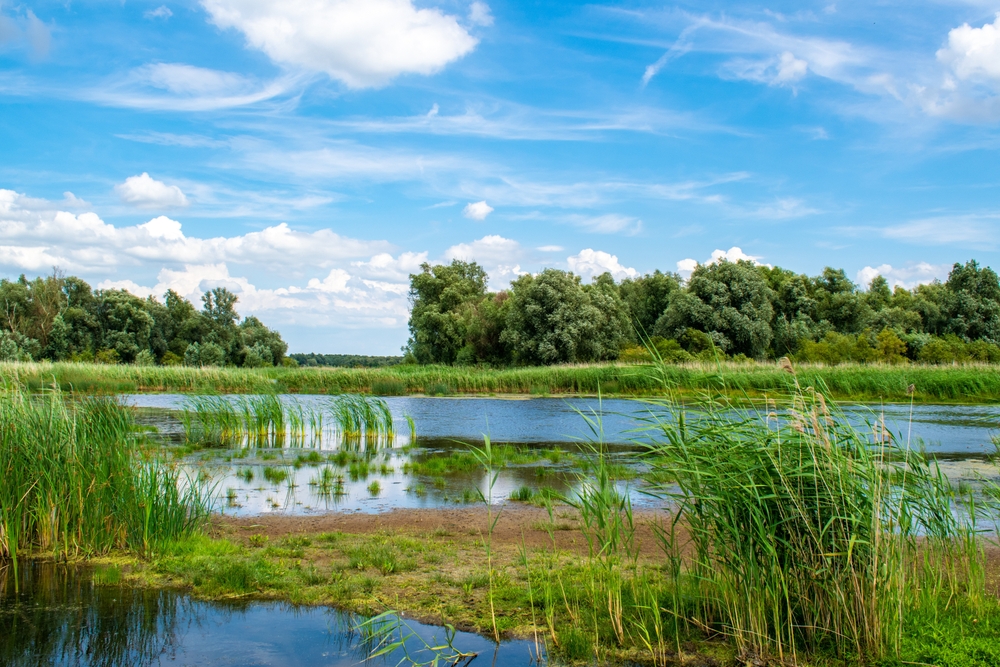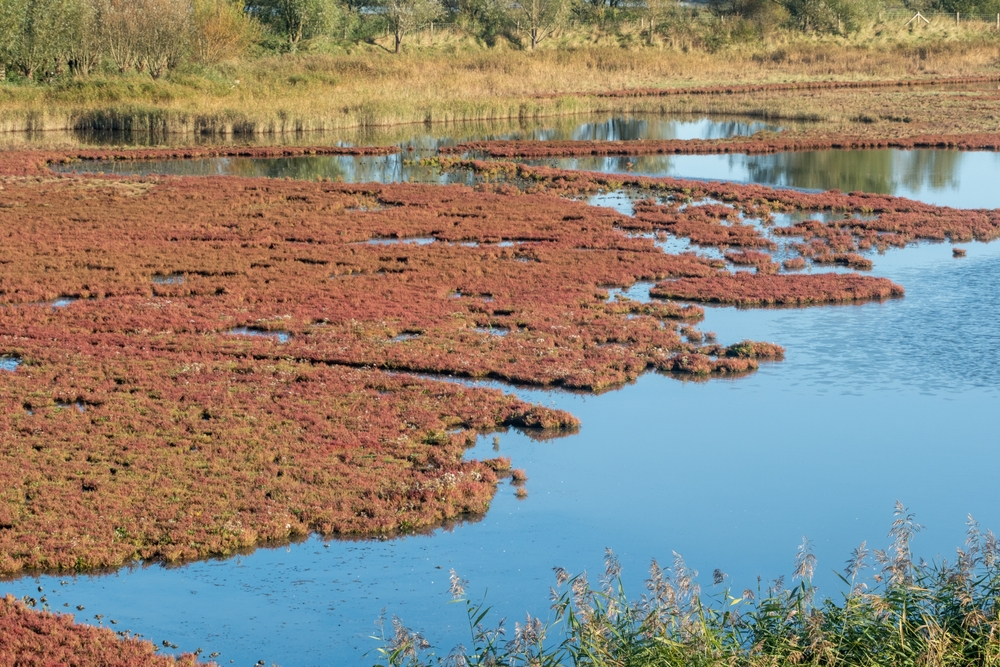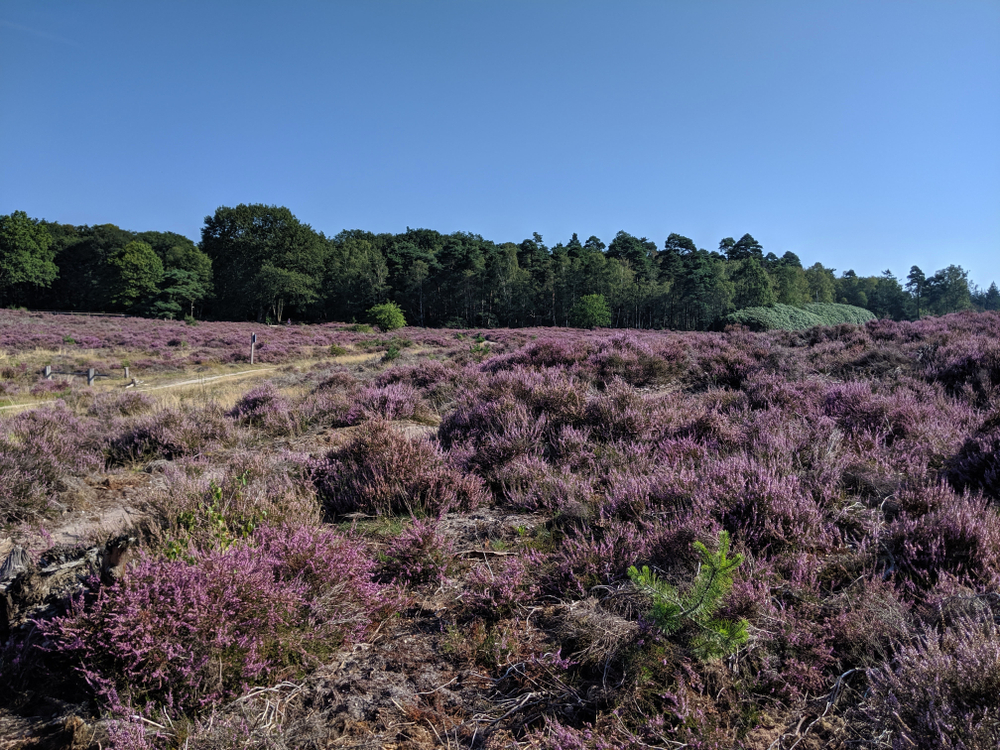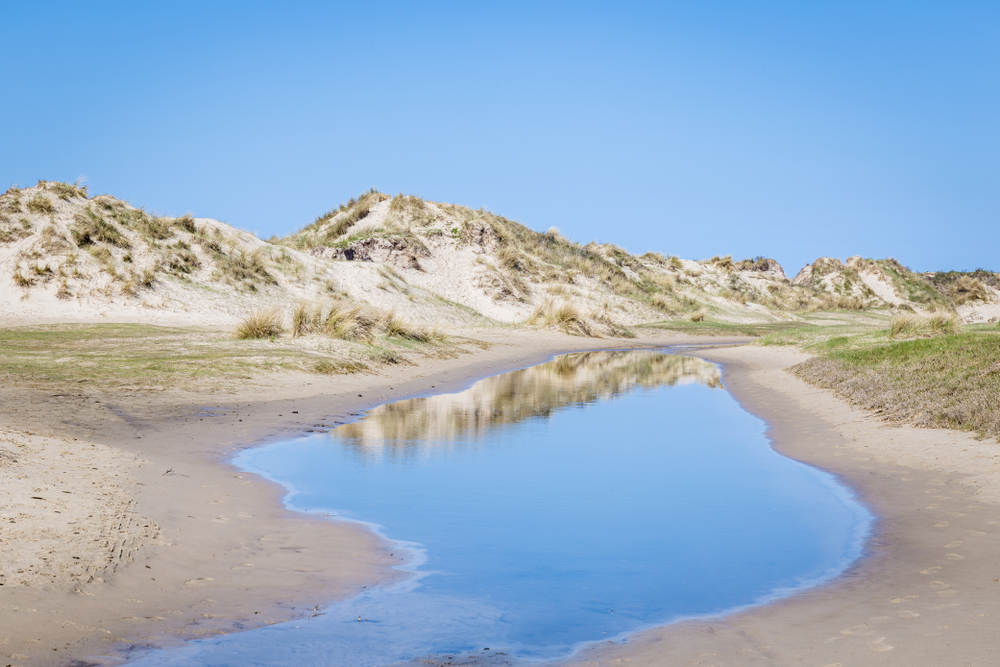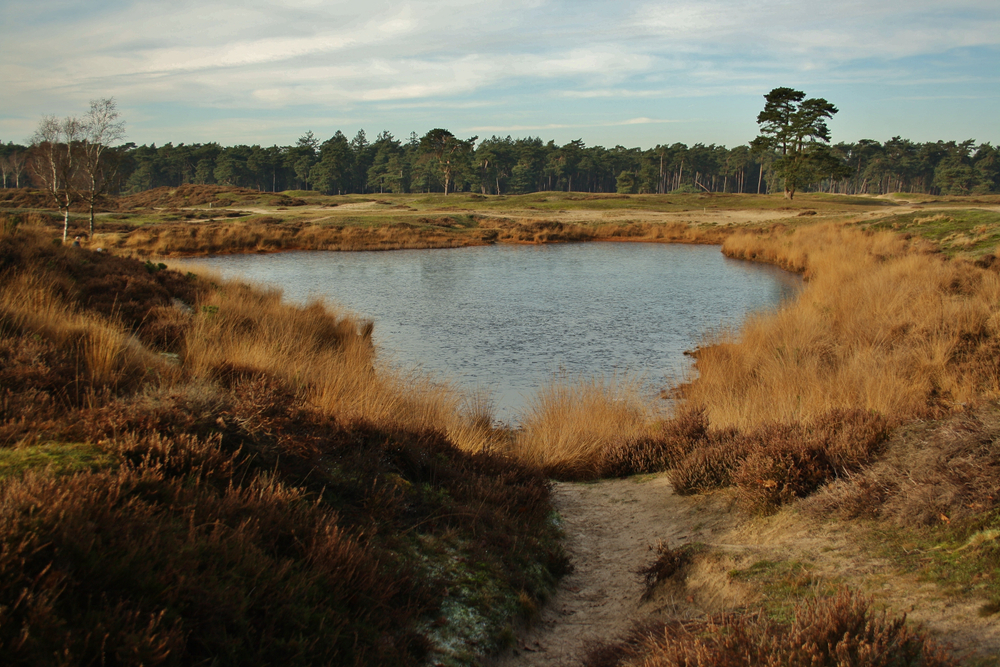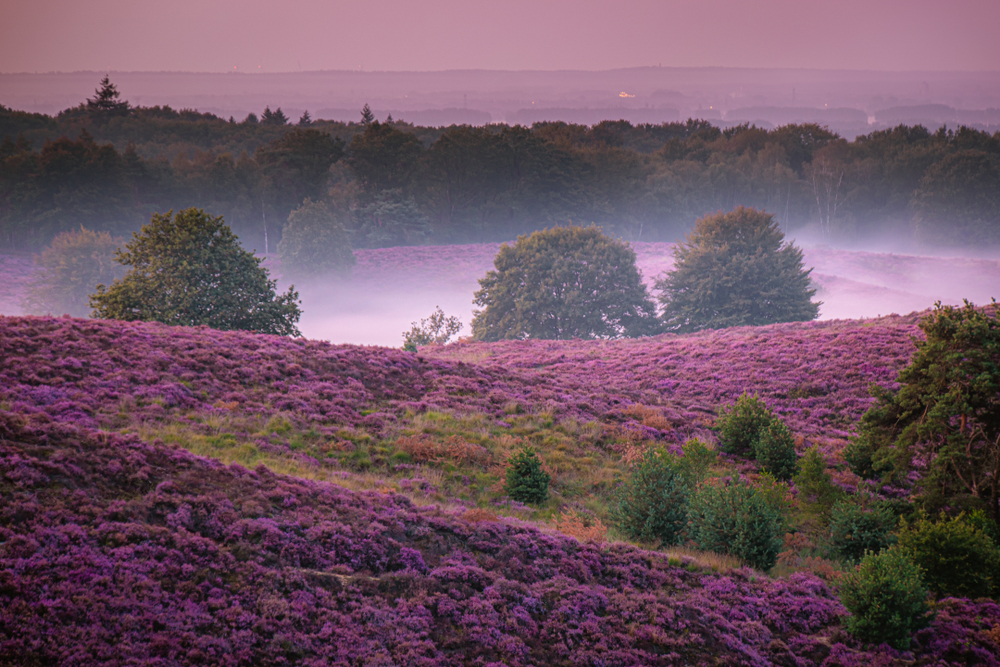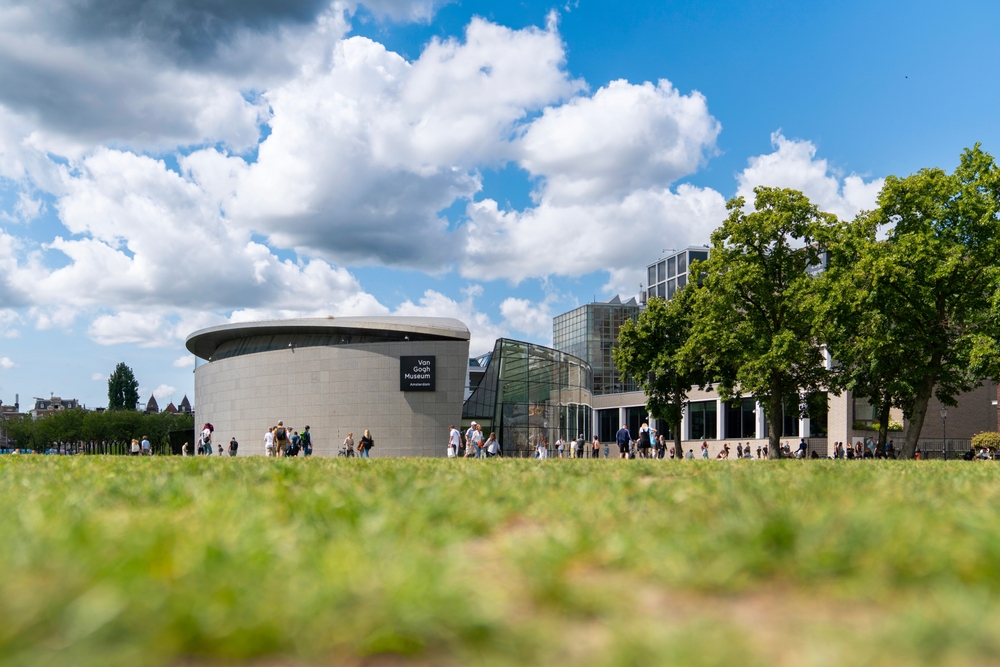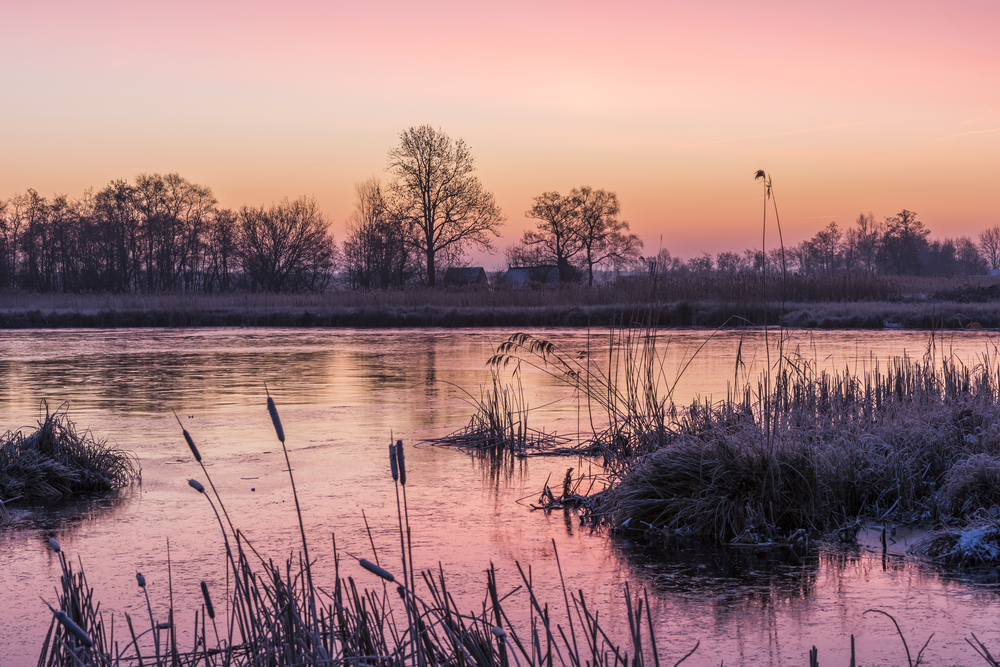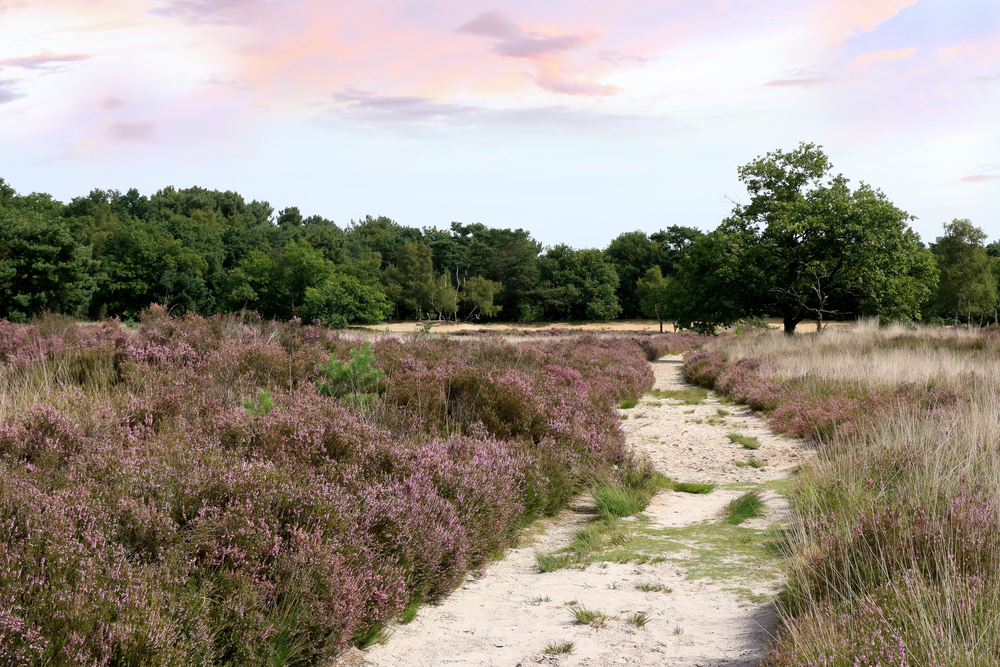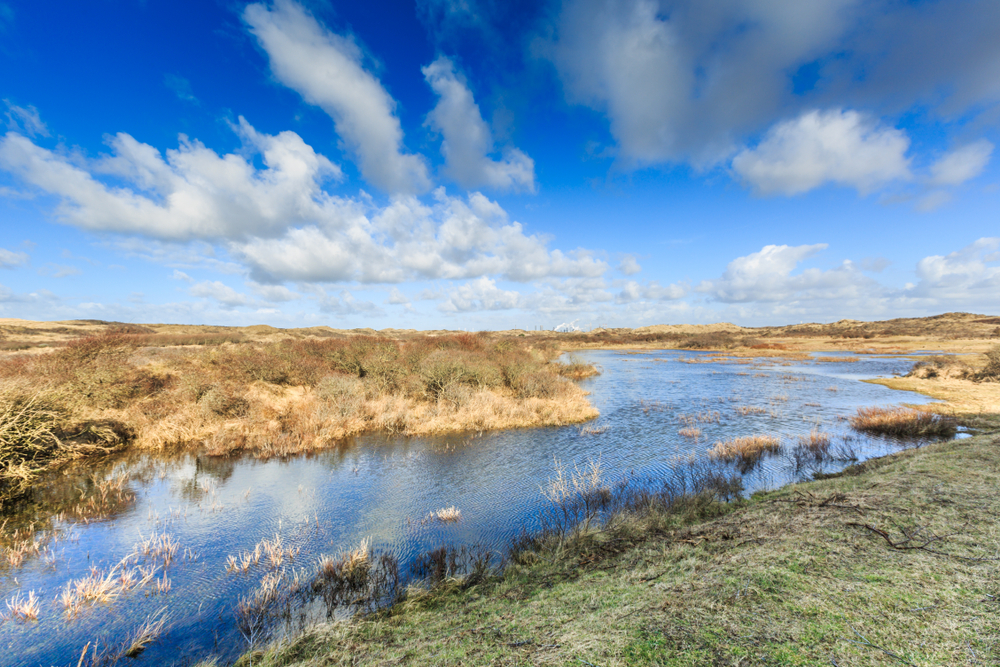The Netherlands, despite its compact size and highly urbanized landscape, is home to 21 officially designated national parks that showcase its unique ecosystems and commitment to conservation. These parks reflect the country’s diverse environments, ranging from expansive heathlands and sand dunes to wetlands and coastal marshes. The national parks are essential for protecting rare plant and animal species while also offering recreational opportunities for residents and visitors.
One of the most famous parks is De Hoge Veluwe National Park, located in the province of Gelderland. This park is celebrated for its varied landscapes, including dense forests, sandy dunes, and heathlands. Visitors can explore the park by bike, using the famous free white bicycles provided. De Hoge Veluwe is also home to the Kröller-Müller Museum, which houses an impressive collection of Van Gogh paintings. Wildlife such as red deer, wild boar, and mouflons thrive in the park, making it a prime destination for nature enthusiasts.
Dwingelderveld National Park, in the province of Drenthe, is Europe’s largest wet heathland area. The park features open moors, tranquil fens, and patches of forest, creating a mosaic of habitats for birds, butterflies, and rare plants. The park is also known for its sheep herds, which play a role in maintaining the heathland ecosystem. Visitors can enjoy walking and cycling trails that showcase the park’s serene beauty.
On the northern coast, Schiermonnikoog National Park, located on the island of Schiermonnikoog, is a stunning example of the Wadden Sea ecosystem, a UNESCO World Heritage Site. This park includes dunes, mudflats, salt marshes, and sandy beaches. It is a paradise for birdwatchers, as it hosts thousands of migratory birds each year. The island itself is car-free, providing a peaceful retreat for those seeking to connect with nature.
De Biesbosch National Park, situated in the south, is one of Europe’s largest freshwater tidal zones. The park is characterized by its network of rivers, creeks, and willow forests. It is an important habitat for beavers and a stopover for migratory birds. Visitors can explore the waterways by kayak or boat, making it a unique way to experience this lush and dynamic landscape.
Veluwezoom National Park, the oldest national park in the Netherlands, is renowned for its rolling hills, heathlands, and woodlands. During late summer, the park’s heathlands turn vibrant purple, attracting visitors from across the country. Its diverse terrain supports a variety of wildlife, including foxes, badgers, and birds of prey.
The Netherlands faces conservation challenges such as urban encroachment, climate change, and pollution. However, the country’s dedication to preserving its natural heritage is evident in its efforts to restore habitats, reintroduce species like beavers, and promote sustainable tourism. The national parks serve as a testament to the Netherlands’ ability to balance ecological preservation with human development.










































































